We are back with an interesting content. In his 2001 article "On Horizon", Mark Prensky divided generations in a new way. The ability to use a smartphone perfectly characterized people born after 1984. Prensky called them "digital natives" or "people who were born with a smartphone in their hands". Such people prefer digital technologies. But there is still controversy around the term. Primarily because of the ageism that arises as a result of such a distinction.
Also See: Anthony Hopkins’ NFT Collection Breaks Sales Record
Who are Digital Natives?
The Massachusetts Institute of Technology cites a 2017 study in which scientists concluded that there is no significant difference between millennials and the older generation in their ability to use technology. Young people's experience and comfort with using technology is far from homogeneous. Factors such as socioeconomic status are likely to influence digital skills much more than age.
On Tecnopedia, the term "digital native" has been a constant for several years. They decided to move away from generational interpretation, preferring to focus on a person's skills. Thus, a digital native is someone born after the widespread use of digital technologies. So the term does not refer to a specific generation. Instead, it is a universal category of people who grew up using technologies such as the internet, computers and mobile devices. It is believed that exposure to technology in the early years of their lives gives digital natives a better understanding of themselves and an advantage over digital immigrants.
Which Skills Define a Digital Native?
Prensky argues that being born in a certain era does not mean that a person is a digital native from the first years of life. Familiarity with technology cannot be equated with the ability to use it. Meanwhile, research also shows that not all young people are tech-savvy or even want to learn more about technology. However, numerous studies on digital adaptation also prove that it is the representatives of the so-called zoom generation who are able to master new technologies faster than older generations. Experts agree that certain features of perception and communication still exist among digital natives. They have a significant impact on how the communications market is changing.
So, what distinguishes a digital native from an immigrant?
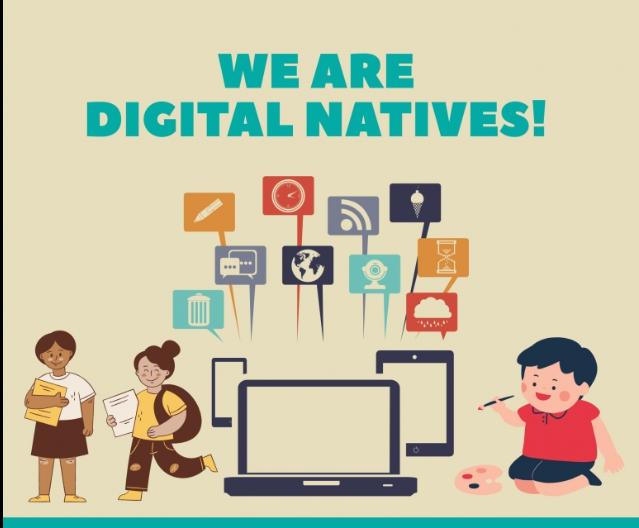
These skills have also changed the way and requirements for digital natives to communicate:
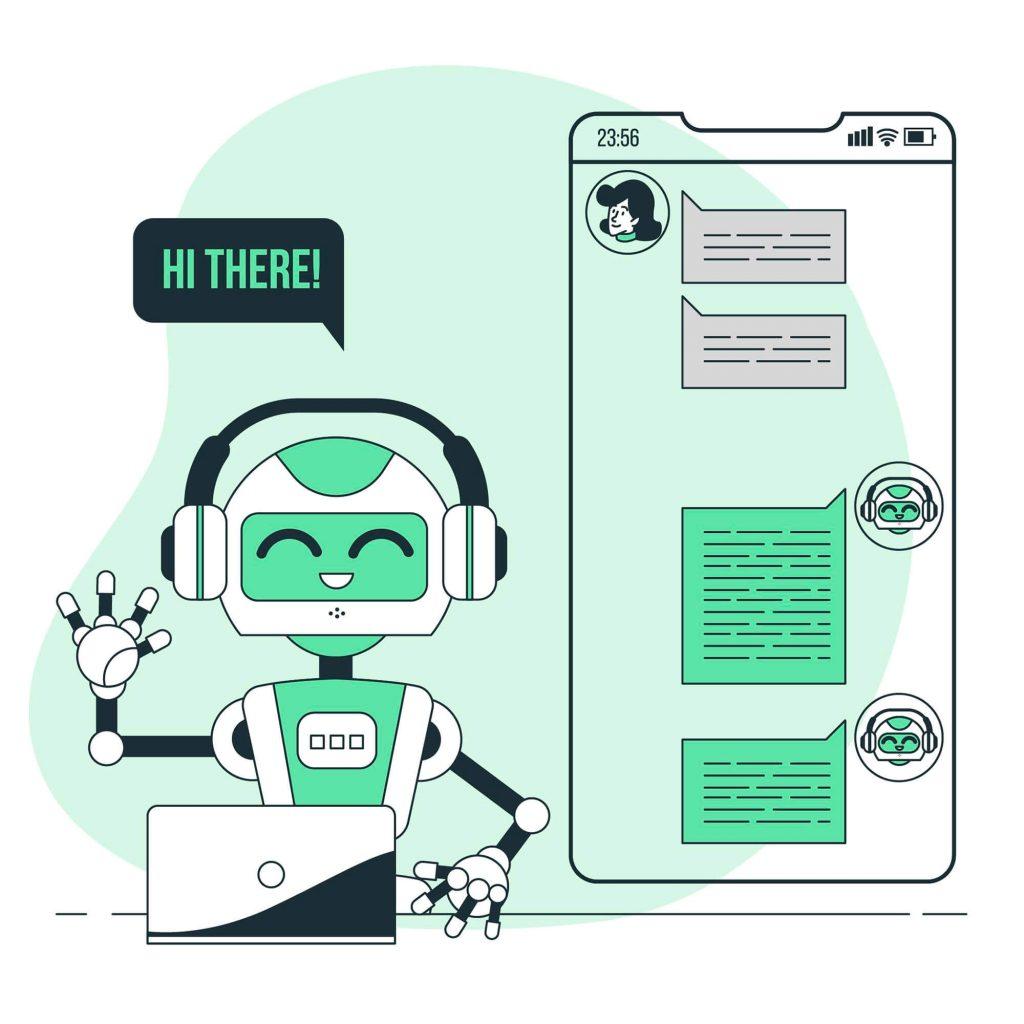
He envisioned a paradigm shift in business-to-customer communication. And here, of course, we are not just talking about the implementation of digital services and automation, but about the seamlessness of communication. Today it is multichannel, that is, this principle includes all of the above. It becomes the standard of online and offline communication with the customer. But this is what the digital native himself sees. MegaFon states that behind this is the work of deploying systems and algorithms that allow you to process any incoming information, classify it, analyze it and communicate with the client. And it is desirable that all this is embodied in a single window.
Do You Need Omnichannel to Communicate with Digital Natives?
According to the Huffington Post, the term "digitalaboriginal" is actively used by companies to create a new approach to communicating with customers. It is based on two concepts: digital literacy and omnichannel. Omnichannel means complete communication. The user can write to the company: on social networks, in messaging or via SMS. And the company collects all this in one place, processes it and then sends it to the solution. A misunderstanding of the needs of the target audience leads to a drop in key indicators. A negative reputation appears on the network and the effectiveness of communication channels decreases.
This needs to be approached with care. Because a flawless approach to communication has not only become a new standard. It also shows the level of the company's technological equipment. But this is not always difficult in terms of implementation and use and does not necessarily imply a global restructuring of business processes. But despite the abundance of publications talking about the "digital hygiene" of communication with the customer and the obligatory nature of the omnichannel channel, many businesses, especially those far from IT, consider it only an additional feature. Consumers have a different view. As a result of such a misunderstanding of the needs of the target audience, key indicators fall, a negative reputation is formed on the network and the effectiveness of communication channels decreases.
About the Multichannel System
At its core, the multichannel system is software. It allows to organize communication between customers and business, as well as to integrate the company's information systems and telephony in a single window. This makes it easier for the contact center operator to work with data strings. Absolutely all incoming messages and calls are stored in the system database (DB). Short voice messages are processed by an external speech recognition service and the resulting text is also sent to the database. The voice transcription uses natural language processing algorithms based on neural networks.
About Omnichannel Results

We will look at the data provided to us by PJSCMegaFon. The introduction of multichannel communication systems reduced customer service time by 30 percent in one of the Russian energy sales companies. The quality of service, on the contrary, improved: customers rated it 4.8 out of 5. About 20-30 percent of calls received by messengers were processed by a robot. This means that the customer received an adequate response, not just a response from the chatbot. As a result, the customer service Service level shows an increase of up to 15 percent.
For businesses, multichannel systems also offer the ability to increase employee productivity. Experts can be transferred to more intensive communication channels by giving simple requests to robots. And instead of calling call centers, you can interact with customers in more interactive channels, such as pop-up chats on your site. A company that takes the needs of digital natives into account not only earns their trust, but also their loyalty.
The most important thing in communicating with digital natives is not to miss their charms and to open all possible communication channels for them. Efficiency plays an important role in building a strategy, so it is important for a business to automate as much as possible the processing of messages from customers and optimize the load on contact center operators.
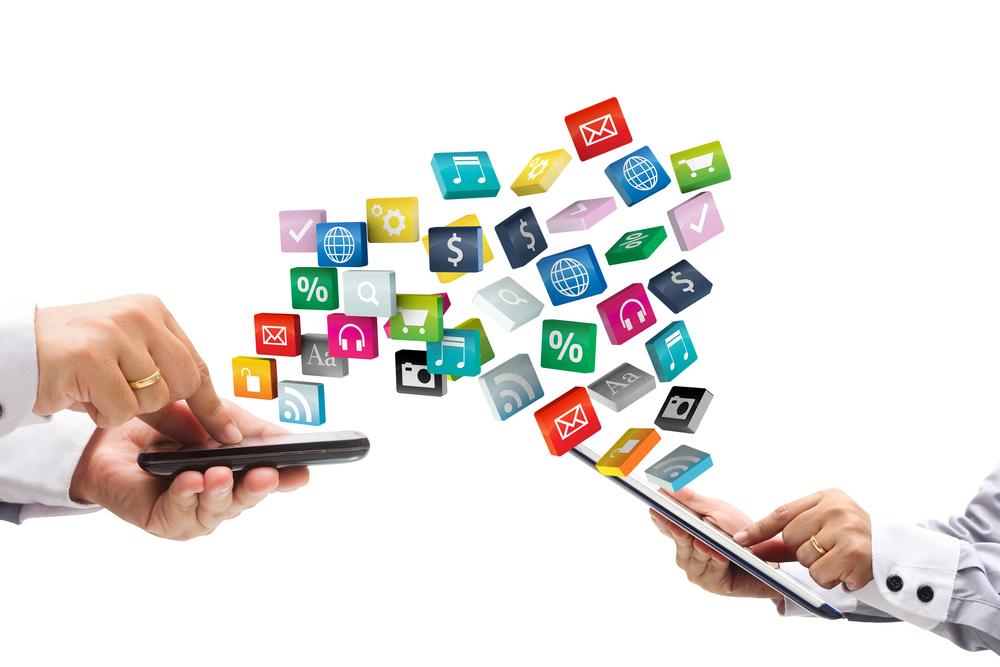
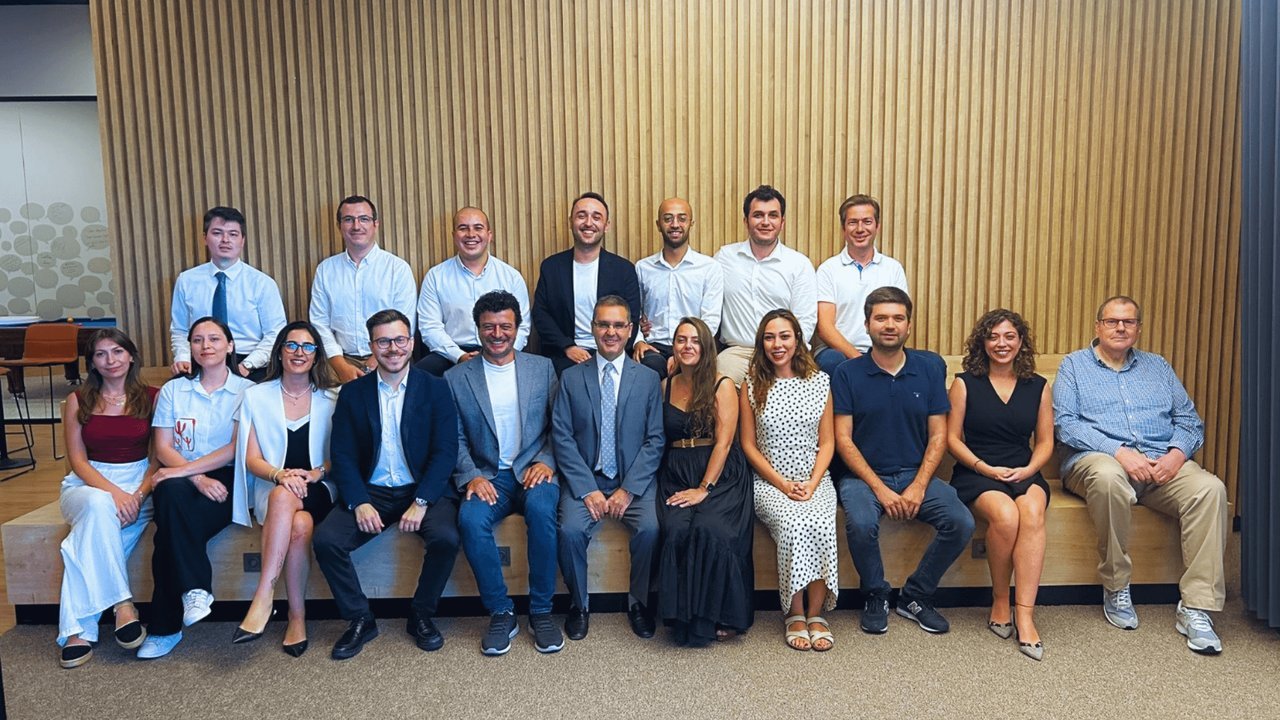
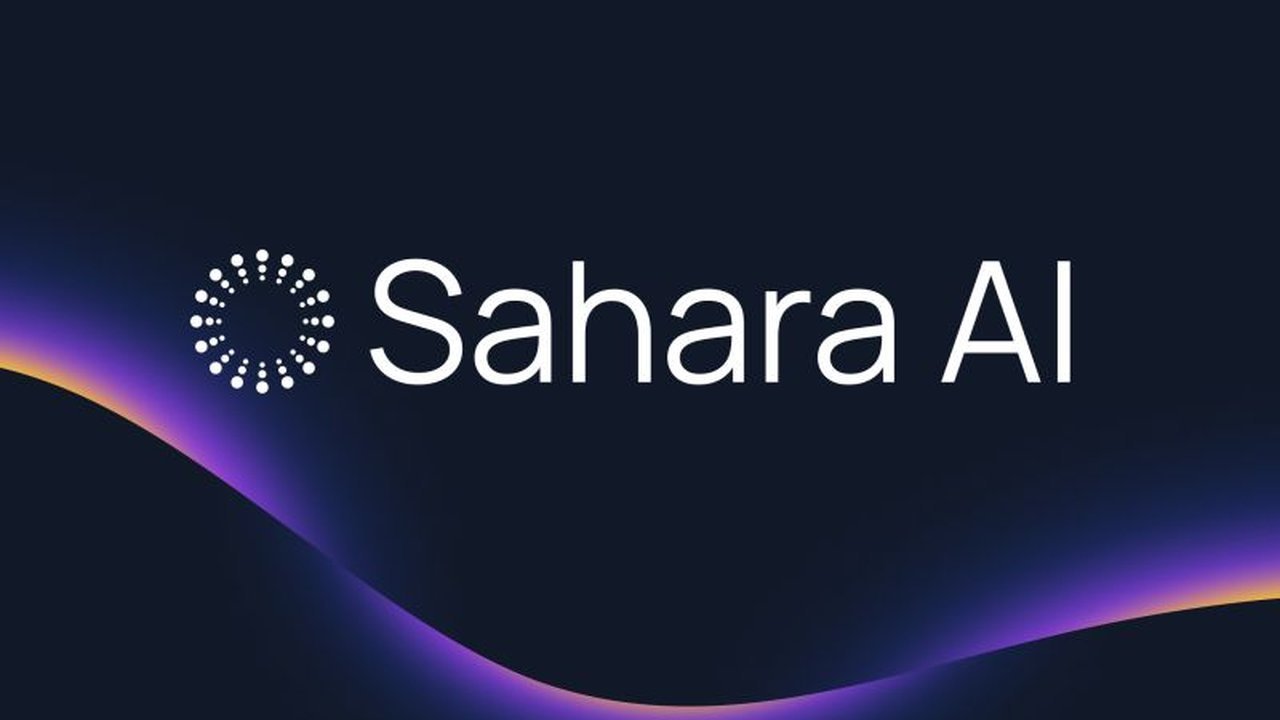


No comments yet for this news, be the first one!...